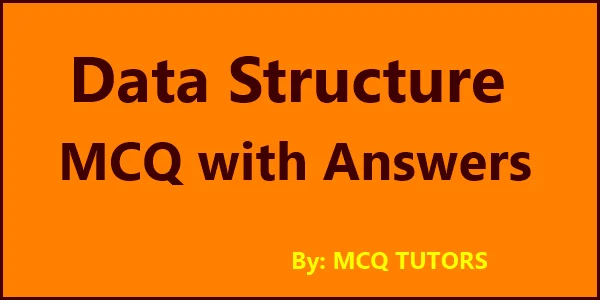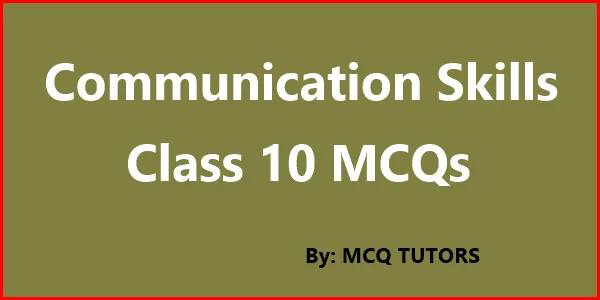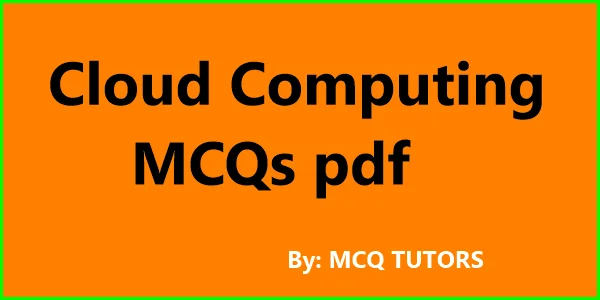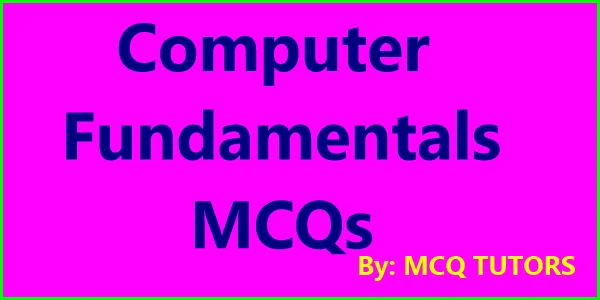MCQ Advanced Production Planning and Control is an important topic for those involved in the manufacturing industry. It is a complex process that requires careful planning and control to ensure production runs smoothly and efficiently.
This article will discuss the concept of MCQ advanced production planning and control, outlining the key components of this process, as well as addressing common issues that can arise during production.
Through understanding this concept more thoroughly, manufacturers will be better equipped to plan their production activities more effectively.

50 MCQ Advanced Production Planning and Control
1. Scheduling is the method of setting of ___ start dates so that jobs will be completed by their due date.
Ans. Operation
2. Operations scheduling is short term where as aggregate planning is ___ term.
Ans. Intermediate
3. Production schedules consist of machine ___ charts, workforce ___ and materials requisition sheets and specify the items to be produced with quantities.
Ans. Loading, rosters
4. Operations scheduling can be considered as the heart of a manufacturing excellence system (MES). (True/False)?
Ans. True
5. An MES is a system that schedules ___, tracks ___ and controls production in the labour pool.
Ans. Dispatches, monitors
6. Managers continuously monitor machine availability, worker ___ and availability of ___, in order to identify factors that affect productivity.
Ans. Absenteeism, materials
7. Sales ___ and master production ___ are the basis for production planning.
Ans. Estimates, schedules
8. Production planning is not intended for operations function only; it plays a critical role in other functions such as manufacturing, engineering, finance materials and so on. (True/False)?
Ans. True
9. A ___ of the production plan is the production schedule
Ans. Derivative
10. Identification and reduction of bottlenecks is the benefit of production scheduling (True/False)?
Ans. True
11. Scheduling can be improved by using ___ based tools and ___.
Ans. Computer, software
12. Production Scheduling systems are used to streamline their scheduling process. (True/False)?
Ans. True
13. Scheduling is associated with establishing timings and using resources within the organisation. (True/False)?
Ans. True
14. Provide sequencing ___ to specify the order in which the jobs are to be processed.
Ans. Priorities
15. Load only selected work centres, which are fit to be selected for operations are a scheduling guideline. (True/False)?
Ans. True
16. In backward scheduling the scheduler begins with the delivery date, and he plans backward to calculate the date for order release. (True/False)?
Ans. True
17. Forward scheduling can be associated with the scheduler selecting a planned order release date and schedules all activities from this point ___ in time.
Ans. Forward
18. Loading involves assigning jobs to work centres. (True/False)?
Ans. True
19. Autonomation can be defined as automation with a human touch or intelligent automation. (True/False)?
Ans. True
20. Service is ___ and the demand for service is random. This is the cause of difficulty in scheduling services.
Ans. Intangible
21. The process of autonomation is also known as jidoka. (True/False)?
Ans. True
22. The ___ is determined by the addition of both holding and ordering cost.
Ans. Total cost curve
23. EOQ – the order point that minimises total costs. (True/False)?
Ans. True
24. The classification of inventory models is based on the salient features of inventory?
Ans. Economic
25. This model is suitable for the manufacturing organisation where there is a simultaneous ___ and ___
Ans. Production, consumption
26. The product-line manager handles several ___, who create individual products in the product line.
Ans. Product managers
27. Model 2 is applicable to situations where the item is produced internally rather than being procured from outside. (True/False)?
Ans. True
28. Finite rate of replenishment means, when the order is placed, the inventory builds up ___ at a certain rate.
Ans. Gradually
29. In inventory management ___ are undesirable and avoided as far as possible.
Ans. Shortages
30. A decision has to be taken by the purchaser on whether to stick to the EOQ or raise the order quantity to take advantage of price discount. (True/False)?
Ans. True
31. The quantity discount in price of the supplies is considered while calculating the EOQ in model 4. (True/False)?
Ans. True
32. Organisations must have well-managed ___.
Ans. Product mix
33. As the top management manages the product mix, they usually perform the product mix analysis. (True/False)?
Ans. True
34. Is it necessary to use scheduling methods in an organisation?
Ans. Yes.
35. What does horizontal and vertical axis in Gantt chart represent?
Ans. Represents total time taken and the tasks.
36. Gantt chart shows the total estimated workload of an organisation. (True /False)?
Ans. True.
37. Gantt chart indicates the ___ and ___ dates for each job and the current status of each job.
Ans. Start and Completion Dates
38. Performance measures are not used to determine the time taken. (True/False)?
Ans. False
39. Priority rules give the solution to the priority problems faced by the companies. (True or False)?
Ans. True
40. Why are PERT and CPM charts used in Critical Path Method?
Ans. To identify the critical path
41. How is critical ratio calculated?
Ans. Critical ratio: is calculated by dividing the time remaining to the job’s due date by the total shop time remaining for the job, including all set ups, waiting time and so on.
42. Priority rules are not taken into consideration to waiting jobs. (True/False)?
Ans. False.
43. TPS stands for ___.
Ans. Toyota Production System
44. Group technology was first introduced by Frederick Taylor in the year 1919 in order to improve the productivity. (True/False)?
Ans. True
45. Group technology looks out to decrease the variety in the types of products supplied to the customers. (True/False)?
Ans. False
46. Under group technology’s flow line, all of the parts allocated to the group pursue the same machine sequence and needs relatively comparative time on each machine. (True/False)?
Ans. True
47. A manufacturing engineer views the group technology as an attempt to standardise the process and products plan. (True/False)?
Ans. False
48. The cellular manufacturing system focuses on a group of parts. (True/False)?
Ans. True
49. JIT stands for ___.
Ans. Just-in-Time
50. JIT is also known as ___ production.
Ans. Stockless
You may want to know Best Cheapest Colleges in the USA for International Students
Conclusion:
Advanced production planning and control is a valuable skill for many businesses. It provides a level of control and visibility into the entire production process that would be difficult to achieve without it.
Finally, companies can better measure their performance against their competitors by using advanced production planning and control systems.
Read more:



